Social media is one of the world’s most powerful tools. From 2006 until a couple of years ago, social media was primarily treated as a way to share updates with your friends and chat with them.
Today, social media is much more prominent in our everyday lives – we use it to get the latest news, purchase products and promote our businesses.
Every year, the most popular channels add brand new features and the networks are constantly competing to outdo each other.
Here’s what we can expect from the world of social media in 2017.
Contents
Augmented Reality
The biggest mobile game of the year in 2016 was Pokémon Go. Admittedly, most of us have forgotten about it, but there’s no doubt that the use of augmented reality was groundbreaking, with many parents believing that it encouraged their children to get out and explore the local area.
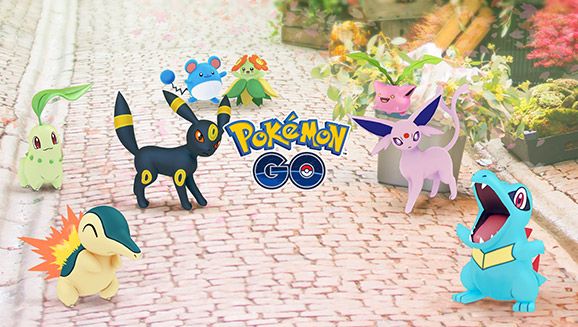
Augmented reality is preferred over virtual reality as it doesn’t require any expensive equipment. In social media, we can expect to see augmented reality merge with ecommerce to create an immersive buying experience – for instance, uploading a selfie to try a new makeup look.
There is also a social networking app, Taggar, which uses augmented reality to allow users to leave secret messages for their friends on real-life objects. Taggar hasn’t quite reached the peak of popularity just yet, but it shows the potential of a partnership between augmented reality and social media.
Social Ecommerce
The three main social media platforms – Facebook, Instagram and Twitter, all offer ways to purchase products from within their apps, with Snapchat currently still in the testing phase.
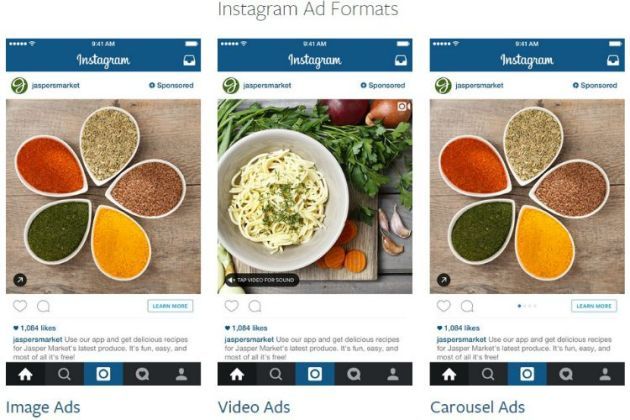
A survey by Aimia in 2016 found that 56% of respondents followed brands on social media so that they can see the products available to purchase, and 31% of the people surveyed said that they use social media to look for new items to buy. Brands can also use product demonstrations to encourage shoppers to purchase their products.
Paid Content
Instagram dropped a bombshell in 2016 when it announced that it was changing its algorithm so that you would no longer see things on a chronological basis.
The algorithm, much like Facebook’s, was designed to make users satisfied with the content that they see on their feeds. However, it made it harder for brands to reach consumers through purely organic content.
There is now more emphasis on paid content than ever – Adobe believes that social media advertising spend will increase to over $41 billion in 2017.
Instagram earned over $1 billion from advertising revenue in 2016, proving that paid content is the future for most brands.
Authenticity Through Immersive Technology
Creating engaging content in real-time is the best way for brands to be authentic on social media. Live video such as Facebook Live and Twitter’s Periscope is one of the best ways to communicate with a millennial audience.
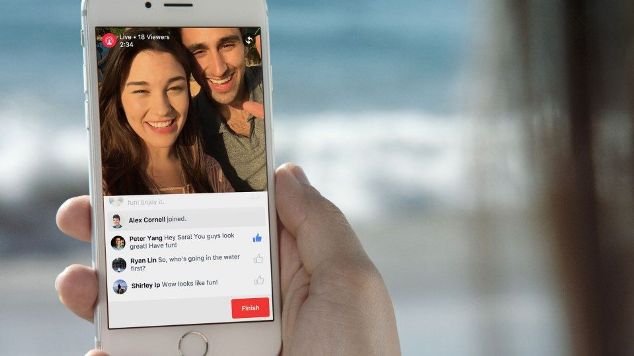
Instagram now offers live video alongside the Stories function and it won’t be the last social network to do so.
Activism
With President Donald Trump being elected in late 2016, activism is now more important than ever, and so is social media’s role in it.
The likes of Twitter and Facebook are a way for activists to quickly spread their message across the globe. Posts on the networks can provide fair and unbiased coverage of events as they happen – often much more raw and unfiltered than what you would see from a traditional news outlet.
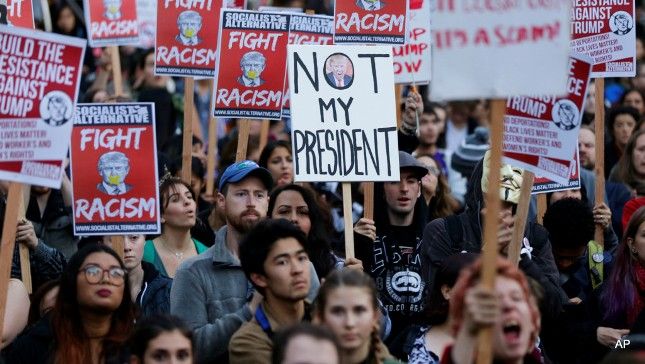
We can understand the role of social media in activism by looking at the recent Women’s March protests around the world, or the #BlackLivesMatter movement.
As President Trump’s controversial policies continue to develop, there’s no doubt that people will continue to use social media to voice their opinions and campaign against him.
Messaging and Chatbots
Messaging apps are incredibly popular – over four billion people around the world use popular services like What’s App and Facebook Messenger. Brands can use them as a way to communicate with their customers privately, providing a faster way of getting issues resolved – no more waiting on hold or staring at their email inbox.
For example, Hyatt, a hotel brand uses Facebook Messenger to allow customers to make reservations and get recommendations for upcoming trips. Facebook, What’s App and Twitter have all introduced integrated chatbots to help automate customer service and bookings.
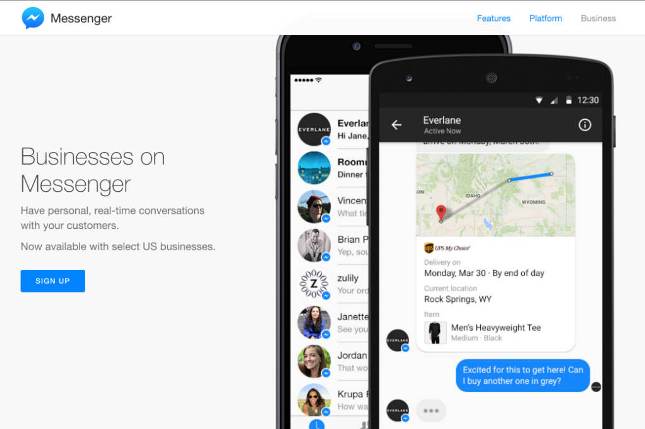
The use of chatbots means that the human customer service team is free to answer more detailed queries. In 2017, we can expect to see messaging apps continue to become the most popular way to communicate.
#FakeNews
The saying ‘Fake News’ has been made famous by Trump, but it is a problem on social media. As traditional news outlets decline and social media becomes the main source of news for Millenials, fake news is also rising.
The 2016 Presidential Election was the worst time for it, with sites deliberately posting false information about both Hillary Clinton and Donald Trump.
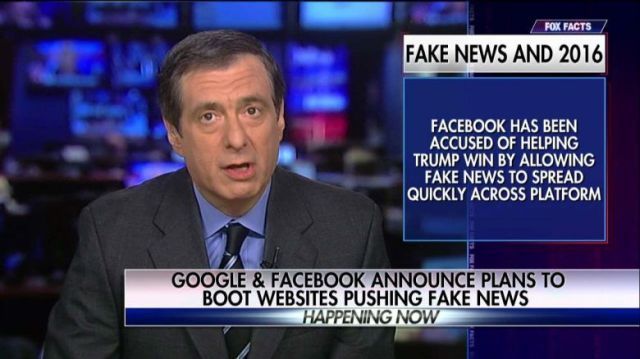
Social media channels are taking steps to avoid fake news – Facebook has banned certain news outlets from advertising on the platform and in Germany, it may become law to fine social media sites which allow fake news to be published on their platforms.
In 2017, we will expect to see a continued fight against false news outlets.
Disappearing Content
Snapchat was the first social media platform to offer disappearing visual content, but Instagram later followed suit with its Stories feature.
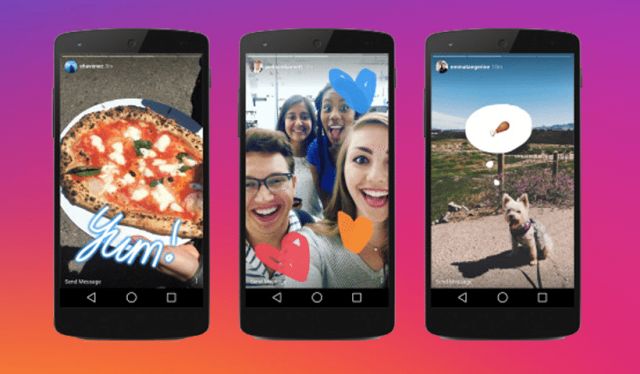
The use of disappearing content is a really fun way for a brand to showcase its personality – fashion and beauty brands use Snapchat and Instagram to share tutorials and the latest products.
The result is authentic content that an audience really appreciates. Disappearing content also works well for current events – Snapchat allows users to contribute to stories around the world, such as Valentine’s Day or a big event in a city.
Investment in Mobile Advertising
Facebook brought in $7 billion in advertising revenue last year, and 80% of that amount came from mobile adverts. Twitter offers a variety of different advertising methods, from promoting a tweet to a fully sponsored campaign.
Snapchat has sponsored filters that work for everything from a clothing brand to a newly-released TV show. Instagram lets users buy from directly within the app.
All of the aforementioned features means that businesses are spending more money on mobile advertising than ever before, experimenting with different platforms to see which channel will directly influence their audience.
Use of Social Influencers
Many brands from the food to the fashion industry use influencers as a more natural way of advertising. By hiring social influencers to publish seemingly organic posts on their social network, your target audience are seeing your advertisement without even knowing that they are seeing it!
Recent examples of the power of social influencers include the Calvin Klein #MyCalvins campaign. Influencers on Instagram took pictures wearing gifted underwear, wearing them as casual clothes on a clean white background.
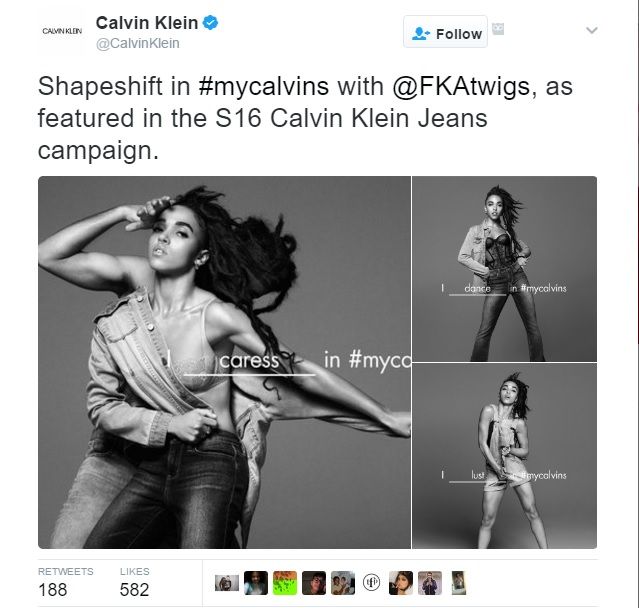
Over the course of a year, the social media following of the brand increased and there were 25 million interactions thanks to the use of the hashtag #MyCalvins and a micro-site where the most popular photos are published.
© 2017 – 2024, Leila Jones. All rights reserved.
Leila Jones is a content writer for First Lighting. Leila is a Public Relations graduate from Sheffield Hallam University in the UK. She loves social media, travel, food and fashion. You can follow her on Twitter @LeilaJones18.
Discover more from Business & Branding Tips
Subscribe to get the latest posts sent to your email.
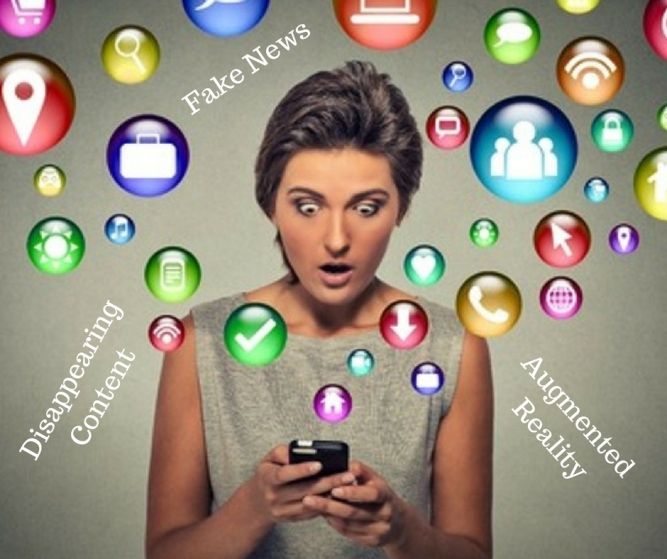

Thanks for this comprehensive look at what may be ahead. It’s certainly something to think about.